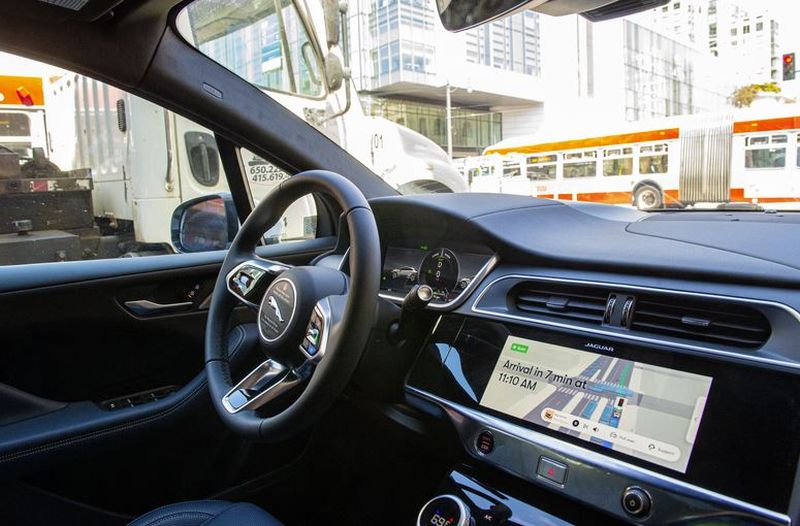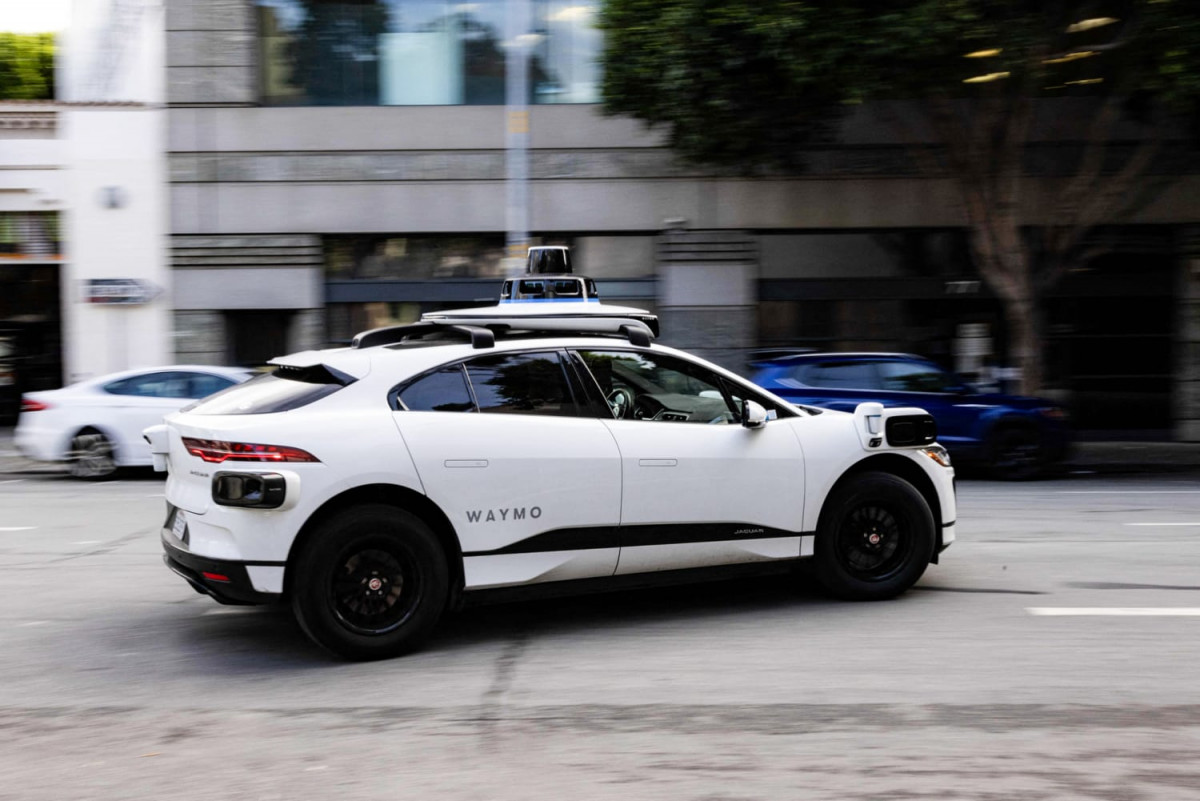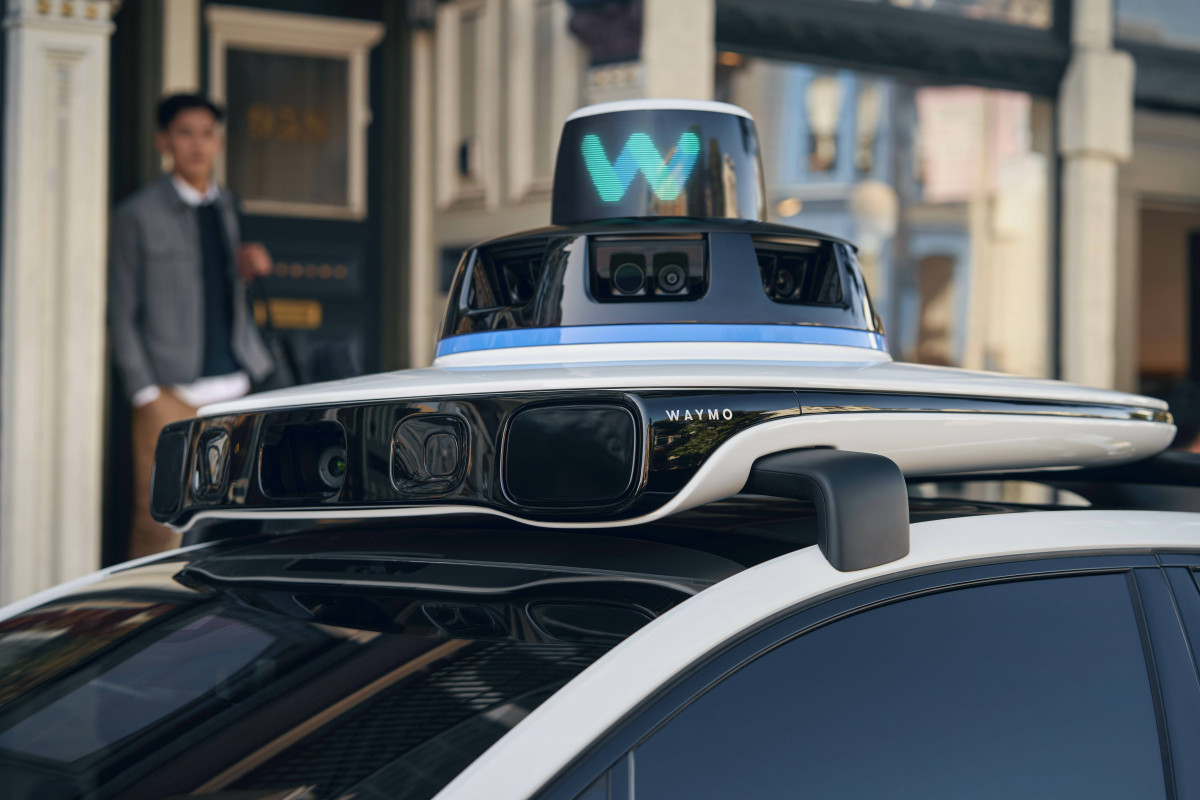
Waymo has revealed its new sixth-generation robotaxi with a sensor suite “optimised for greater performance at a significantly reduced cost, without compromising safety”. The robotaxi company Waymo says it wants its vehicles to drive around US cities with fewer cameras and radar sensors in future.
The next generation of vehicles and software will only need 13 cameras instead of the previous 29.
It has about 700 vehicles in its fleet, the hardware and software for which it develops from the ground up, and is the only US firm operating driverless robotaxis that collect fares.
The number of laser radars that scan the car's surroundings has been reduced from five to four.
The 6th generation of the Waymo system is to be integrated into electric cars of the Zeekr brand of the Chinese company Geely.
Waymo is currently relying on converted vehicles of the Jaguar iPace model, which is also battery-powered.

Waymo is particularly advanced in the development of software for autonomous driving and is taking passengers in driverless robotaxis in San Francisco, Los Angeles and Phoenix.
The company currently makes more than 50,000 paid journeys per week and the new Zeekr vehicle is currently being tested with safety drivers at the wheel. Waymo has not yet provided any information on when it will be integrated into the commercial fleet.
The two latest generations of the system are likely to be on the road side by side, Waymo manager Satish Jeyachandran told US broadcaster CNBC.
The company has several hundred Jaguar vehicles in operation and Waymo currently has virtually no competition in the robotaxi business.
The General Motors subsidiary Cruise was on a rapid expansion course, however it stopped its vehicles for several months after an accident in which a pedestrian in San Francisco was dragged several metres by one of the cars. Cruise cars are only just beginning to return to the streets.
Zoox, which belongs to Amazon, is still working on the launch of its driverless taxi rides in Las Vegas, while Tesla is also planning to unveil a prototype robotaxi in October.
However, it could be years before the Tesla vehicle hits the road. Many experts are also sceptical, as Tesla boss Elon Musk has so far decided not to use laser radars and only wanted to make the software rely on cameras.

Writing in a blog post on the company’s website, Satish Jeyachandran, Waymo’s vice president of engineering, said: “With 13 cameras, four lidar, six radar and an array of external audio receivers, our new sensor suite is optimised for greater performance at a significantly reduced cost, without compromising safety.
“It provides the Waymo Driver [self-driving car technology] with overlapping fields of view – all around the vehicle, up to 500 metres away, day and night, and in a range of weather conditions.”
In other words, the new robotaxi is more high tech than past iterations, while featuring fewer sensors to help reduce costs for the company.
Source: carsifu.my
